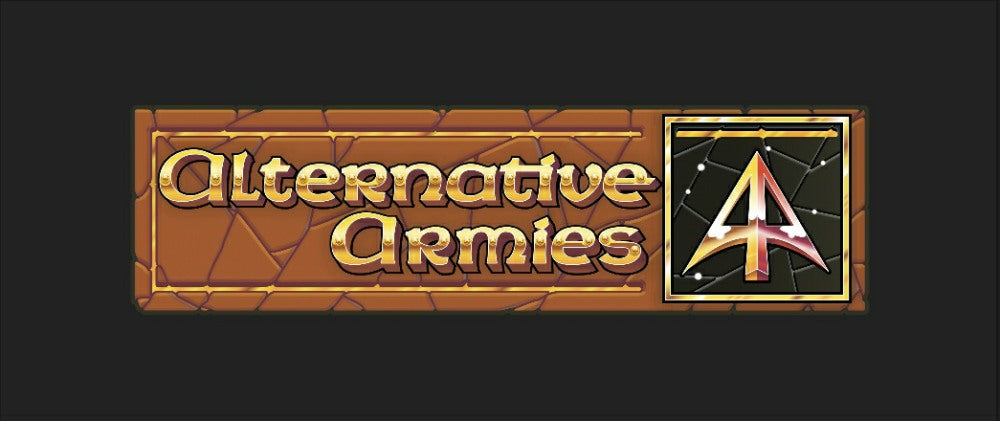I would probably say most people's conceptions, and balancing of the setting certainly, falls into two catagories:
1) Pre gun powder, where spear, armor, bow, horse, knight, and sword all play off each other and have something of a balance, and you can have interesting different "nations" with distinct weaponry and combat styles: Romans famous for heavy infantry, Franks famous for their cavalry, English famous for their archers, excetera. These balances are all immediately understandable to the reader, and while there were big changes between the pre-historical Siege of Troy and Angincort, all of those battles are at least comprehendible within a certain dynamic.
2) Everyone has guns who are basically all effectively the same, and everything more or less comes down to the guns. Cavalry and pikes may exist, but it comes down to guns. This is more or less true 17th century onward: yes, the british and French used different muskets, but are they different in any way that's going to show up in the story?
Now, there is a 600 ish year gap between about the 1200s and the 1600s, at least in Europe, where everything wasn't just about the guns, but, well, those dynamics are harder to explain, certainly outside of getting a bit wanky. Like, bows and guns were both used in China and the east for a very long time. Presenting why that was the case however is difficult to really pull off. You also lose some of the neeter rock paper sizzors aspect that you could get with ancient armies, at least conceptually, and so many more questions become "well, it depends".
Is heavy infantry useful? Well, maybe. Early ones could be pistol proofed, some arquebus were surprisingly light projectiles. And pre trigger, they could be hard to aim anyways. But its not an early rule of thumb like heavy infantry will generally beat light infantry if it comes to a press. And, well, knowedge of future capacity is going to draw questions of how limited the capacity is of an existing weapon. We know muskets can shoot out to a 100-200 meters with accuracy. Why isn't this happening regularly?
And on equipment, what's the comparative equipment worth of 100 swords vs 100 guns? Why haven't guns taken over everything already?
More or less, anything set between that 1200s-1500s period where gunpowder exists, but isn't the be all end all of combat, does not have nearly as well established structures and tropes to deal with. One can make generalities about a pre-gunpowder battlefield. One can make a generality of a post gunpowder battlefield. Its very hard to say anything concrete about a midway gunpowder battlefield. Especially without any particularly famous or evocative stories/sense of the time: like, WWI is also something of a between times war, or many of those wars in the 1850s-1920s wars, where your sorta in between pre industrial and post industrial wars.
We have a couple of famous wars that give us a sense of what wars in that period could be like though: the American Civil war gives a certain flavor of almost industrial war, WWI of course provides another, and near the end you've got at a stretch some of the inter-war conflicts such as Japan in China were almost everything modern is there, some tanks are available, but there's just short of enough industrialization at play that horses and bayonet charges are still central concerns of military tactics and logistics.
We lack such examples to really inform low gumpowder settings. Pike and shot gets close, but even there that seems very gun dominated, and is just at the very dawn of the age of gunpowder dominance, rather than pre it.




